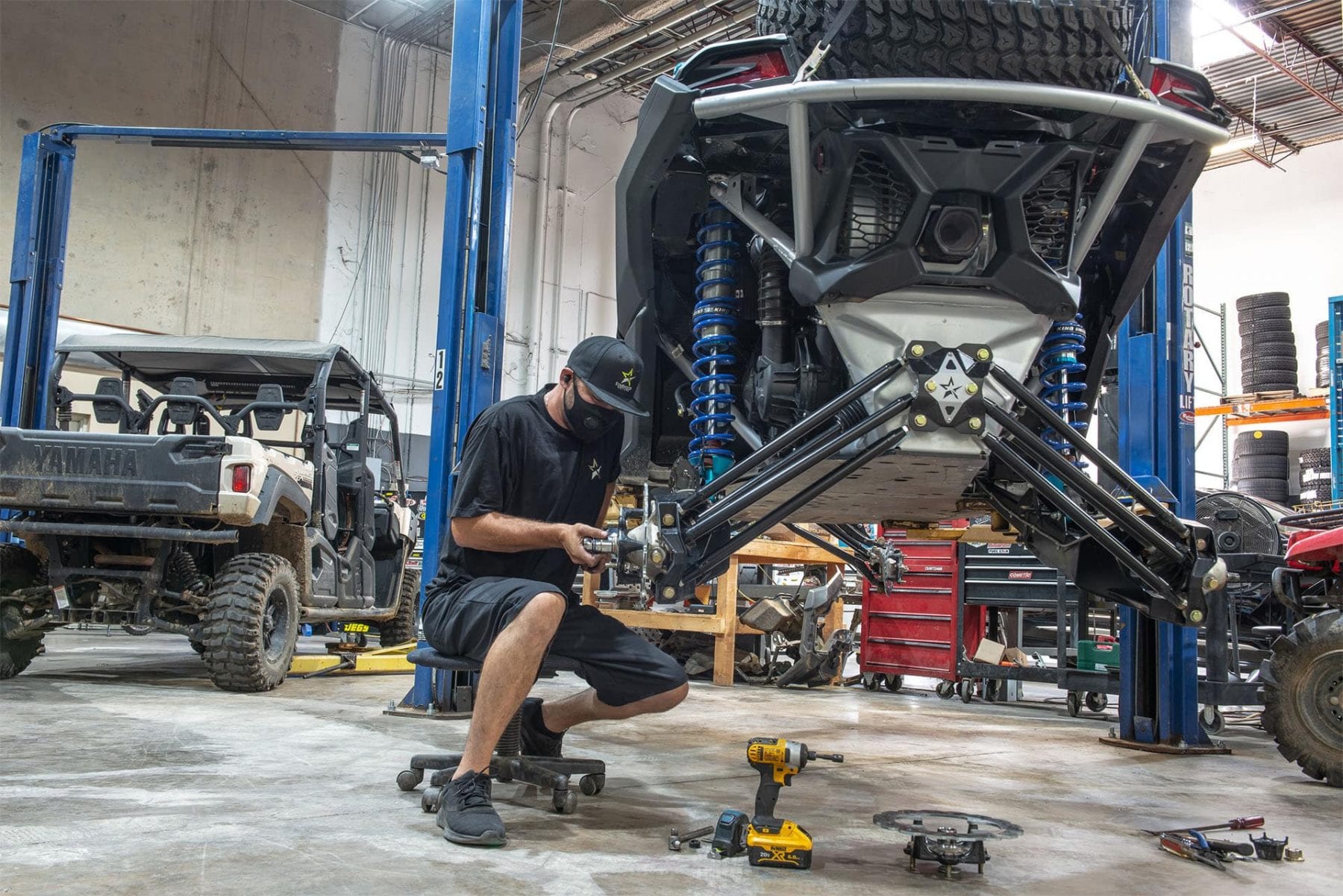Prepare for Extreme Fun: Untangling the World of ATV Exhilaration
Wiki Article
ATV Riding Techniques: Understanding the Art of Off-Roading

Body Positioning
To efficiently browse through difficult off-road terrain, it is critical for ATV bikers to consistently preserve proper body positioning. Keeping the appropriate body placement while riding an ATV not only boosts control and stability however also makes sure the rider's security. By adopting the right body placing techniques, motorcyclists can efficiently disperse their weight, improve their balance, and decrease the danger of injuries or mishaps.Putting the feet on the foot fixes enables the biker to keep stability and control over the ATV. The biker's knees ought to be slightly bent, providing a slight suspension to preserve and take in shocks balance.
Furthermore, the rider's eyes should constantly be concentrated in advance, scanning the terrain and expecting any kind of barriers or modifications in the path. By preserving a forward gaze, riders can make split-second decisions and respond properly to challenging surface.
Throttle Control
Structure upon the significance of proper body placing for ATV motorcyclists, grasping throttle control is an important skill that makes it possible for motorcyclists to efficiently maneuver via different off-road terrains. Strangle control refers to the capacity to regulate the quantity of power provided to the ATV's engine. By understanding just how to control the throttle, bikers can make certain a controlled and smooth velocity, enabling them to navigate barriers with accuracy.One of the essential elements of throttle control is learning to regulate the throttle efficiently. Abrupt or jerky motions can trigger the ATV to lose grip or come to be unstable, making it difficult to maintain control. Rather, cyclists need to go for progressive and purposeful throttle inputs, specifically when passing through difficult surfaces. This method allows the ATV to maintain a steady rate and supplies much better traction, lowering the danger of accidents.
In addition to smooth modulation, motorcyclists have to also learn exactly how to stabilize the throttle with various other riding techniques, such as body positioning and braking. For instance, when climbing up high hillsides, riders need to apply adequate throttle to preserve energy without subduing the ATV or creating wheel spin. In a similar way, when coming down high inclines, cyclists need to make use of the throttle in mix with correct body stopping and placing to keep control and avoid the ATV from moving or toppling.

Braking Strategies
An important aspect of ATV riding methods is grasping reliable stopping strategies. It is vital to remember that harsh braking with only the front brake can trigger the ATV to pitch ahead, possibly leading to loss of control or even turning over. By grasping these stopping strategies, you can improve your ATV riding skills and make sure a secure and delightful off-roading experience.Cornering Techniques
One vital facet of mastering ATV riding techniques is recognizing efficient cornering techniques. Cornering on an ATV can be challenging, yet with the appropriate methods, bikers can browse turns safely and successfully. The secret to effective cornering is to maintain control of the ATV while taking full advantage of grip and lessening the risk of toppling.To implement an appropriate here cornering technique, riders YOURURL.com ought to come close to the turn at a suitable rate, ensuring they are not going also rapid or too sluggish. It is critical to shift the body weight towards the within the turn, leaning right into it to maintain balance and stability. This aids to counterbalance the centrifugal pressure and keeps the ATV upright.
Furthermore, cyclists ought to keep their eyes concentrated on the departure factor of the turn instead than the prompt course ahead (ATV). This permits smoother and much more exact guiding, as it aids the rider anticipate any type of challenges or adjustments in terrain
Additionally, appropriate throttle control plays a substantial role in cornering. Bikers need to regulate the throttle efficiently, staying clear of sudden accelerations or decelerations, which can cause loss of control.
Uphill and Downhill Riding
When browsing off-road surface, ATV riders must master the techniques for uphill and downhill riding to preserve control and make sure security. Uphill riding needs a mix of equilibrium, throttle control, and weight distribution. As bikers rose high inclines, they must lean ahead to move their weight towards the front of the ATV, which enhances traction on the front wheels and protects against the car from turning backward. ATV. Furthermore, preserving a regular throttle and staying clear of sudden acceleration or deceleration assists to prevent the ATV from losing momentum or getting stuck. Downhill riding, on the other hand, requires motorcyclists to lean back and change their weight towards the rear of the ATV. This helps to maintain stability and avoid the lorry from flipping onward. It is important to utilize the brakes sparingly and apply them slowly to prevent securing the wheels and blowing up. Bikers need to select the course with the least challenges, as browsing downhill can be a lot more tough due to the enhanced rate this link and decreased grip. By mastering the methods for uphill and downhill riding, ATV riders can with confidence deal with numerous off-road terrains and appreciate a risk-free and exhilarating adventure.Verdict
To conclude, mastering the art of ATV riding calls for a combination of body positioning, throttle control, stopping techniques, and efficient cornering. Uphill and downhill riding also call for particular abilities to navigate securely. By implementing these methods, cyclists can improve their off-roading experience and boost their overall control and security on the ATV.ATV Riding Techniques: Understanding the Art of Off-Roading is a thorough overview that delves into the intricacies of grasping the skills needed for off-road ATV riding. Whether you are a beginner or a knowledgeable cyclist, ATV Riding Techniques: Grasping the Art of Off-Roading offers vital advice to help raise your off-road ATV riding skills to the following degree.

Report this wiki page